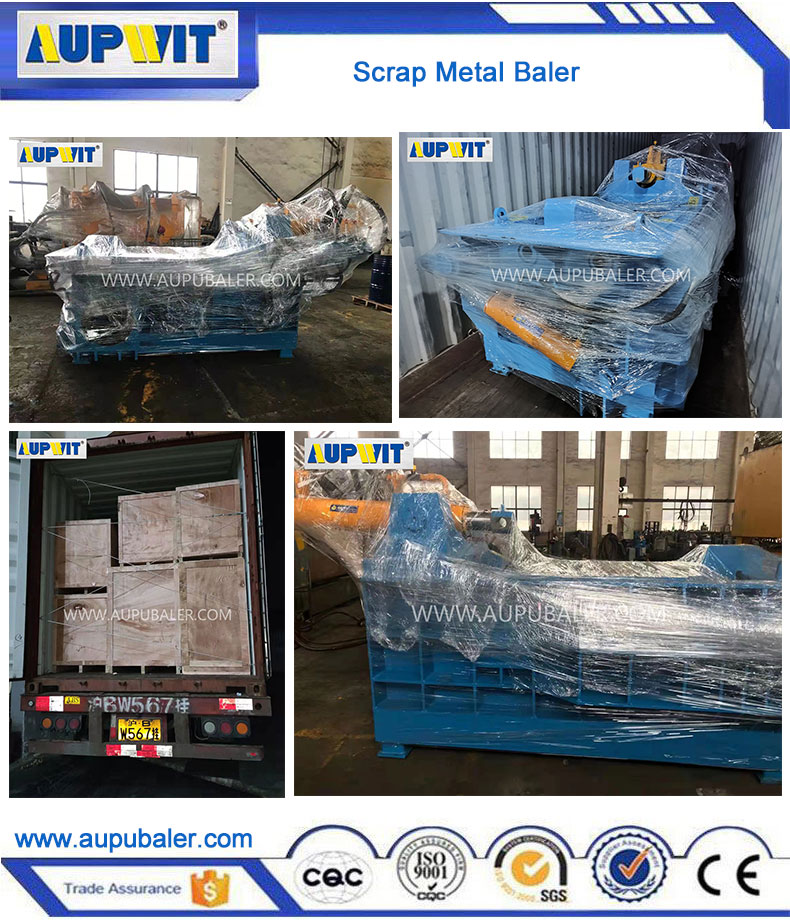Horizontal balers are versatile machines designed to compact and bale a wide range of recyclable and non-recyclable waste materials. The suitability depends on the baler’s compression force, chamber size, and durability. Below is a categorized breakdown:
1. Common Recyclable Materials
-
Paper & Cardboard
-
Examples: Corrugated boxes, office paper, newspapers.
-
Baling Requirement: Low to medium force (50–150 tons).
-
-
Plastics
-
Examples: PET bottles, HDPE containers, plastic films.
-
Baling Requirement: Medium force (100–250 tons) to prevent rebound.
-
-
Textiles & Fabrics
-
Examples: Clothing scraps, carpet remnants.
-
Baling Requirement: High force (200+ tons) for dense bales.
-
2. Industrial & Heavy-Duty Waste
-
Metals
-
Examples: Aluminum cans, steel scrap, non-ferrous metals.
-
Baling Requirement: Heavy-duty balers (300+ tons) with reinforced chambers.
-
-
Agricultural Waste
-
Examples: Hay, straw, silage.
-
Baling Requirement: Specialized balers with moisture-resistant features.
-
3. Specialty Waste (Conditional Use)
-
Electronic Waste (E-Waste)
-
Examples: Crushed circuit boards, cables.
-
Note: Requires balers with explosion-proof wiring due to battery risks.
-
-
Hazardous Waste
-
Examples: Contaminated packaging, oily rags.
-
Note: Must comply with EPA/OSHA containment rules.
-
4. Non-Compatible Materials
-
Liquids or Sludge: Can damage hydraulic systems.
-
Glass: Risk of shattering; requires specialized crushing.
-
Rubber Tires: Too elastic for standard balers (needs shredders).








